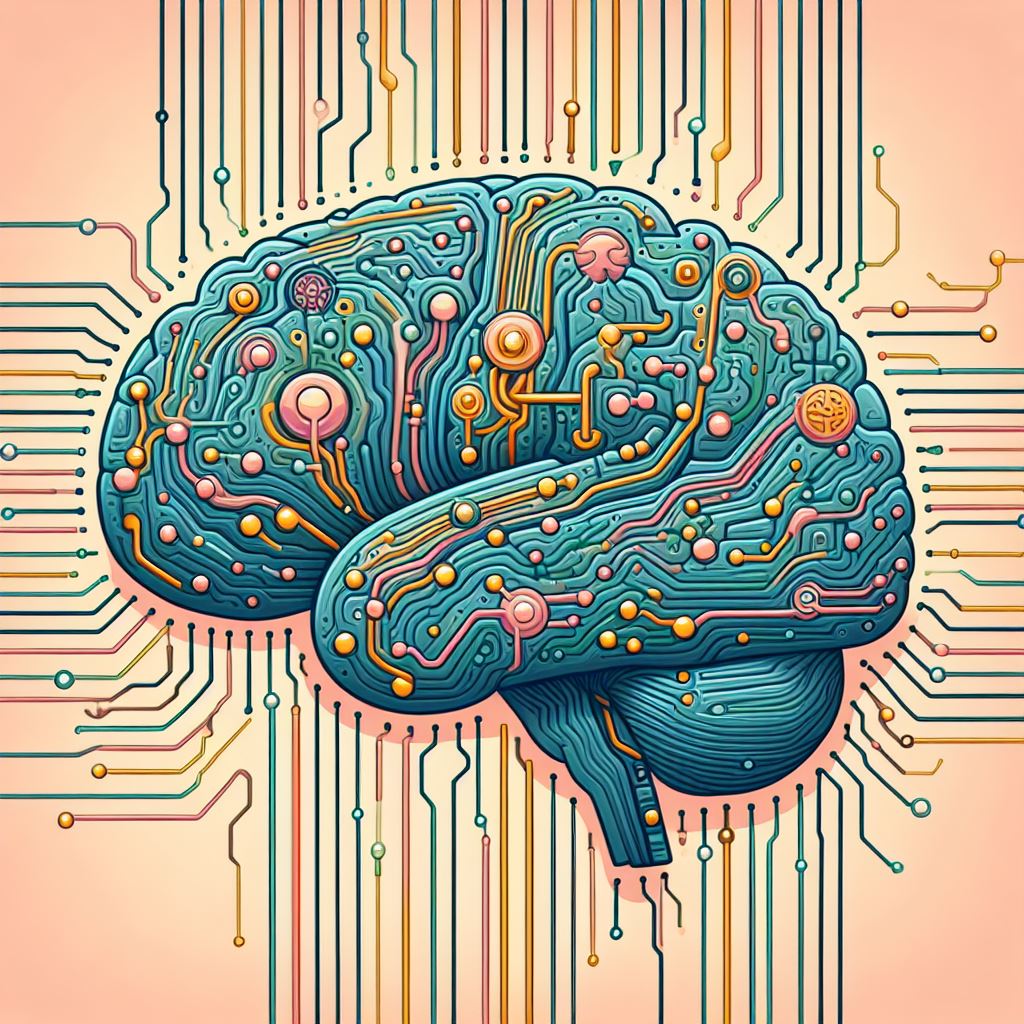
Mindfulness provides a way to self-direct our experiences in the moment and thereby self-direct ongoing neuroplasticity in the brain.
William James was one of the first psychologists to address the notion of neuroplasticity back in his late 19th century text, “The Principles of Psychology.” The central idea behind neuroplasticity is that our brain can restructure itself based on our experience.
One popular example of neuroplasticity is sensory substitution. For instance, if a person is born blind, often the visual parts of the brain will be taken over by another sense, such as hearing or touch. This is the brain’s way of re-allocating unused processing power only to what a person is actually sensing and experiencing.
It would be wasteful to leave potential neural networks dormant simply because we aren’t getting any input from that sense. Thus, brains have evolved over time to become more adaptive to these changes in our biology and experience.
One of my favorite stories that illustrates this is a blind person who can practice “echolocation” by making clicking sounds and listening back. By doing this, they can build a spatial map of their environment through sound – and navigate their world that way. You can watch a video of it here.
Neuroplasticity occurs inside us everyday as we encounter new experiences and learn new things. But this process is especially rapid during our early stages of brain development.
Below you’ll see several photographs of neural circuity in the brain. They show us the neural circuity of a newborn, a 3 month old, 15 month old, and 2 year old (from left to right).

As the child ages, their brain’s wiring becomes increasingly more complex and interconnected. Neuroplasticity is what allows us to take our experiences, then learn from them and form new memories. Huge changes are occurring in the brain during these early stages of cognitive development, but the truth is that our neural networks continue to build on each other until the day we die.
In another popular study, it was discovered that the brains of experienced cab drivers in London showed significant structural changes when compared to the average brain. These changes were most noticeable in the hippocampus, which is a part of the brain often involved in spatial memory and navigation.
This isn’t something special to experienced cab drivers – this is how our brains work. The more we experience something and the more we practice something, the more we are making deep structural changes to our neural networks.
In psychology, this is called long-term potentiation, and it is the basis of all learning and memory formation. The idea is best encapsulated by Canadian psychologist Donald Hebb’s famous quote, “neurons that fire together wire together.”
The big implication here is that if our brain changes itself based on our experiences, then by changing our experiences we can actively reshape our brains. To think is to practice brain chemistry.
Mindfulness is Self-Directed Neuroplasticity
William James
Now that you understand the concept of neuroplasticity, how does mindfulness fit into all of this?
Mindfulness is a moment-by-moment awareness of what is happening in the present moment, including your senses, thoughts, and feelings.
By practicing mindfulness, we not only become more aware of our experiences in the moment, but we also learn how to have more control over them and shift our focus of attention.
When we pay more attention to our present experience as it is happening, we begin to form a secondary ability that UCLA psychiatrist Daniel Siegel calls “response flexibility” – the capacity to pause before we act. He describes it as follows:
- “[Mindfulness] creates a spaciousness of the mind to notice that an impulse has arisen and to disconnect from the automatic behavior that usually follows when someone is an impulsive person. So mindfulness creates a space between impulse and action that allows us to be more flexible in our responses.”
When you practice mindfulness, you can observe your experiences without immediately reacting to them. Instead, you can take a step back and reevaluate your options before deciding how you want to move forward. This gives you a tremendous amount of freedom and power.
With this ability, you have more power over your daily experiences. And in this way, mindfulness can become a way to self-direct ongoing neuroplasticity in your brain.
Interestingly, the practice of meditation itself can create long-lasting changes in the brain.
Earlier this year a study was published in Psychiatry Research: Neuroimaging that showed just 8 weeks of mindfulness training can create significant changes in regions of the brain associated with attention, memory, stress, and empathy. Two of these regions include the pre-frontal cortex, which allows us control and shift our attention, and the insula, which makes us more self-aware and empathic.
Being mindful is the exact opposite of our “fight, flight, or freeze” part of the brain, the part of our brain that is activated when we feel threatened or in danger. This state of mind isn’t necessarily bad, but unfortunately, due to our busy and very fast-paced world, we have been conditioned to activate “fight, flight, or freeze” as a reaction to novel stimuli that don’t actually pose a threat or danger.
However, when we are able to remain mindful, calm, non-impulsive, and feeling safe, we can free up our mental resources and use them more effectively for things like learning, growing, and problem-solving. This is just one of the core benefits behind meditation (check out my 100 Breaths Meditation if you want a good beginner’s exercise).
The big takeaway here is that mindfulness can play a key role in taking advantage of the neuroplasticity in our brains.
Enter your email to stay updated on new articles in self improvement:
